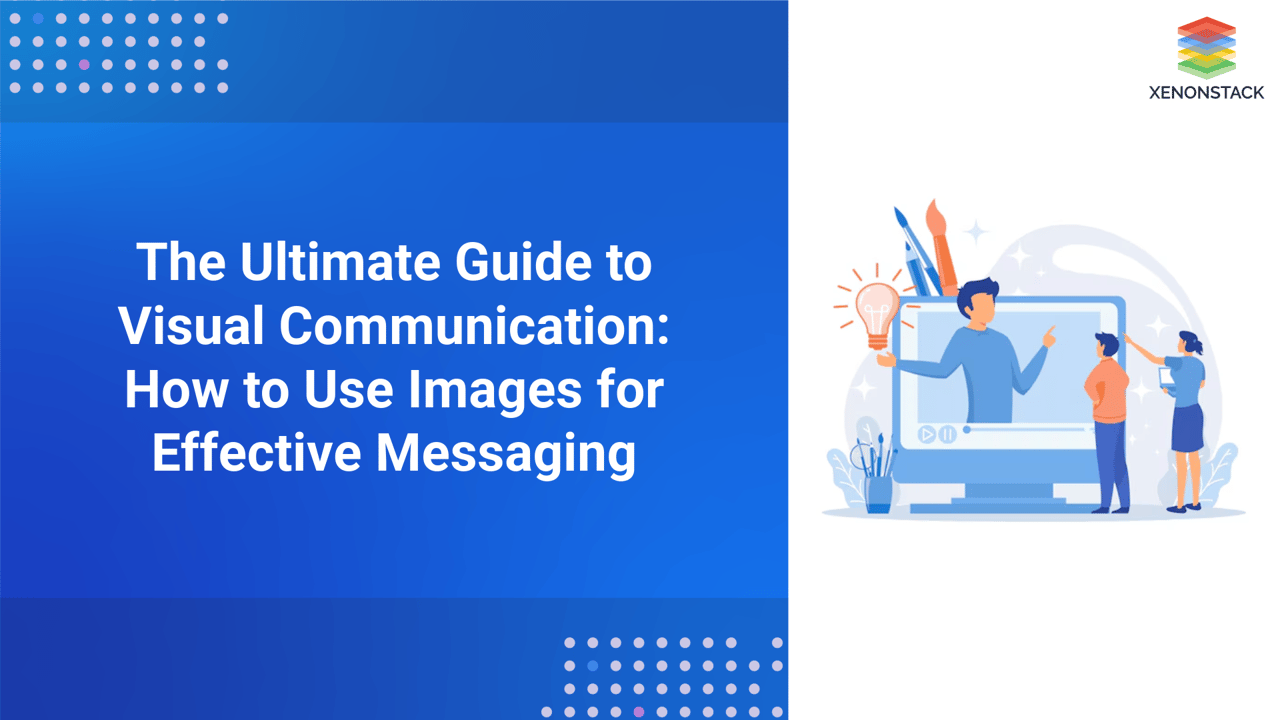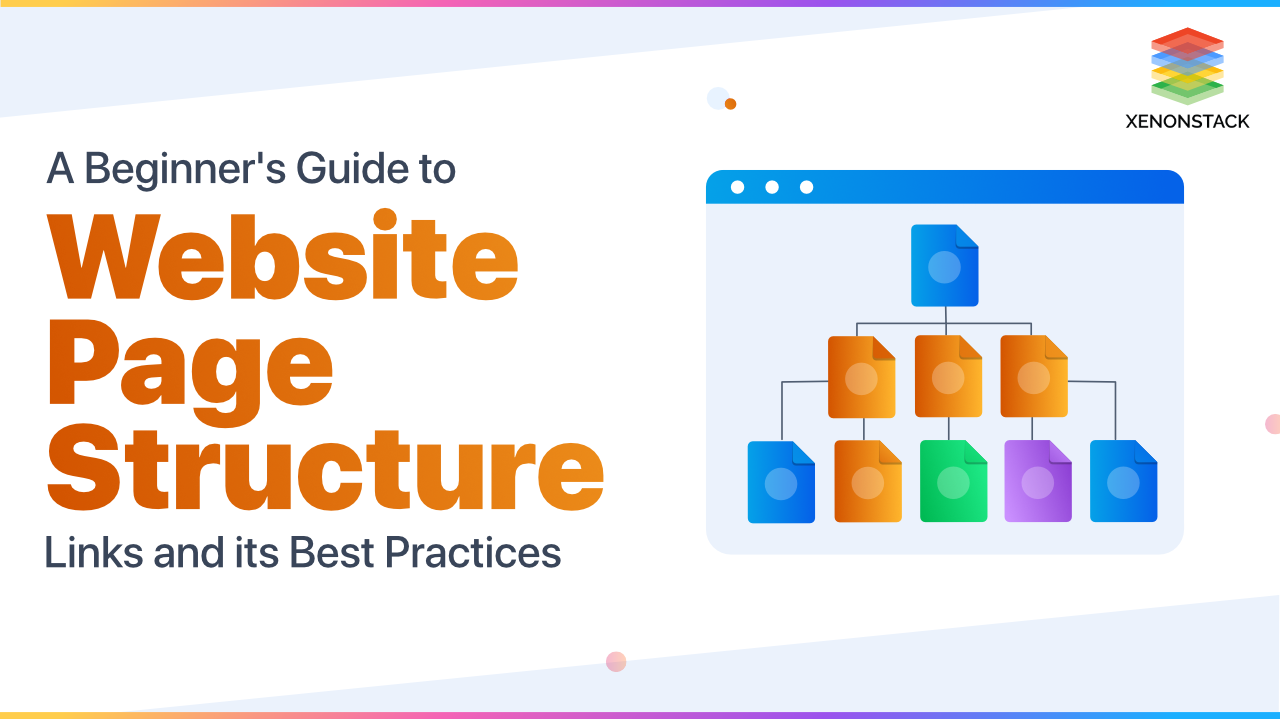
What is Visual Communication?
Visual communication is graphically expressing concepts to give the message additional depth. It plays a crucial role in digital transformation technologies by enhancing user engagement and conveying complex ideas effectively. It is an efficient way of turning marketing strategies into meaningful content. Visual components, such as signage, typography, drawings, graphic design, illustrations, industrial design, advertising, animation, and electronic resources, are used in it to convey ideas and information. These components are also integral to digital transformation tools that help businesses adapt to modern digital strategies.
It has been a part of human culture for a long time. Regarding visual aspects, modern culture has a variety of qualities, including objects, models, graphs, diagrams, maps, and images. There are seven components of visual communication in addition to the various traits and elements: Shape, tone, texture, figure-ground, hierarchy, and color all have a role. These traits, elements, and factors contribute significantly to daily life and are increasingly integrated into retail digital transformation strategies to improve customer experiences. A specific function exists in media platforms, culture, politics, economics, and science. When examining these numerous facets, visual elements demonstrate a range of applications and informational methods.
Conversational user interfaces are the user interfaces that help humans to interact with computers using voice or text. Click to explore about our, Principles of Conversational User Interfaces
Why is Visual Communication Essential for Businesses?
Visual communication is crucial because it enables nonverbal communication between individuals. Additionally, it can provide an excellent first impression, convey feelings, and inspire action. Visuals can be a valuable tool for staying organized and developing rapport and trust. They may also be an effective marketing and advertising tools.
One of the most effective methods to communicate with others is visual. It makes it possible for people to comprehend complex thoughts and concepts swiftly. Additionally, entertaining and engaging visual communication can persuade viewers to use it, making it an integral part of the Digital Immune System, ensuring businesses communicate effectively and securely.
A term for human-computer interaction and communication in devices. Click to explore about our, User Interface Design
Top Advantages of Visual Communication
Visual communication is an essential aspect of everyone's life. Whether through television, the Internet, or print media, images are everywhere and play an essential role in how we process information. The benefits of visual communication are immense. Here are some:
-
This means that when you see something, your brain immediately starts to understand it and can figure out what is going on. For example, when you see a car crash on the side of the road, your brain begins to understand what happened and how to react before thinking about it.
-
Visuals are also more memorable than text. In fact, according to some studies, a person remembers up to 90% of what he sees, compared to only 10% of what he reads.
Best Examples of Visual Communication Techniques
You can add countless outstanding graphic and visual design elements to your communication stack. Here are the most common ones:
-
GIFs
-
screenshot
-
screen recordings
-
video
-
pie chart
-
Infographic
-
Data visualization
-
slide deck
-
social media posts
These elements are particularly effective in Multi-Cloud Management, where organizations rely on visuals to monitor and optimize cloud environments.
Artificial Intelligence is all about making computers think like humans with customer interaction solutions. Click to explore about our, Artificial Intelligence in Customer Experience
How to Effectively Communicate with Visuals?
Given the breadth of the visual communication category, it isn't easy to trace its history. Nevertheless, there are indications that it is the oldest form of communication. For example, cave paintings are thousands of years old in areas around the world. Some date him to be 40,000 years old. Cave paintings are primitive forms of communication painted or etched on the walls and ceilings of caves.
Although their exact purpose is unclear, these paintings depict animals, landscapes, and sacred spaces and serve as a prehistoric record. As societies became more sophisticated, digital transformation in travel has facilitated the exchange of visual symbols and pictograms across borders, making communication more universal. Pictograms represent physical objects and have been used to share ideas and ask questions. For example, if I am in a foreign country and want to buy a tree, I can use the money sign and the tree pictogram to show my interest.
This is because people associate specific traits with various objects that have evolved. For example, a tree has a trunk, branches, and different types of leaves. This sign is universally recognized because the characteristics and meaning of the symbol are shared worldwide at a fundamental level.
The process of creating products that provide meaningful and relevant experiences to users and enhancing user satisfaction. Click to explore about our, User Experience Design Tools
When woodblock prints began to be printed around 600 AD, the ability to communicate visually was widespread. Printed words and other symbols have made it possible to reproduce, share and store ideas and information in non-verbal ways. After these documents were translated into other languages, they could travel worldwide. It supports the brand and corporate identity and plays a key role in digital transformation framework implementation by ensuring consistency across platforms.
It is essential inside and outside your organization, and on every channel, your business uses to connect with your audience. Graphic design and data visualization are essential for any organizational initiative that requires strategic communication, including brand positioning, change management, strategic planning, workplace culture, and digital engagement.Visuals can capture the audience's attention and call action when organizations tell important stories, especially when communicating complex information.
The Purpose of Visual Communication in Branding and Storytelling
A branch of semiotics aimed at understanding how images convey meaning to the viewer. Simply put, it is the study of visible signs and symbols. The role of this concept in your visual communication strategy is enormous, as it helps ensure that personas understand the message your company is trying to convey. Visual semiotics can make a difference in purchasing decisions if your target audience is consumers. In internal teams, this concept is used to reinforce organizational culture, for example, to reinforce its visual identity.
Key Takeaways on Enhancing Communication with Visuals
In our ever-connected world, the ability to communicate visually is becoming more critical. Whether you're working on a team project or trying to build your brand, effectively sharing ideas is critical. We live in a world where videos and images are more powerful than ever. Because visual communication is more effective than words alone, it helps you understand complex concepts quickly and easily, grabs attention, and builds relationships.
Visuals can also help you better understand complex ideas and data. Visuals are a great way to remember information because they are more memorable than text. It also makes it easy to compare different concepts and ideas, which is crucial in digital transformation framework execution.
Next Steps in Implementing a Strong Visual Communication Strategy
Talk to our experts about implementing AI-driven visual communication systems. Discover how industries and departments leverage AI-powered visual workflows and decision intelligence to enhance clarity, collaboration, and engagement. Utilize AI to automate visual data processing and optimize IT support and operations, improving efficiency and responsiveness.



